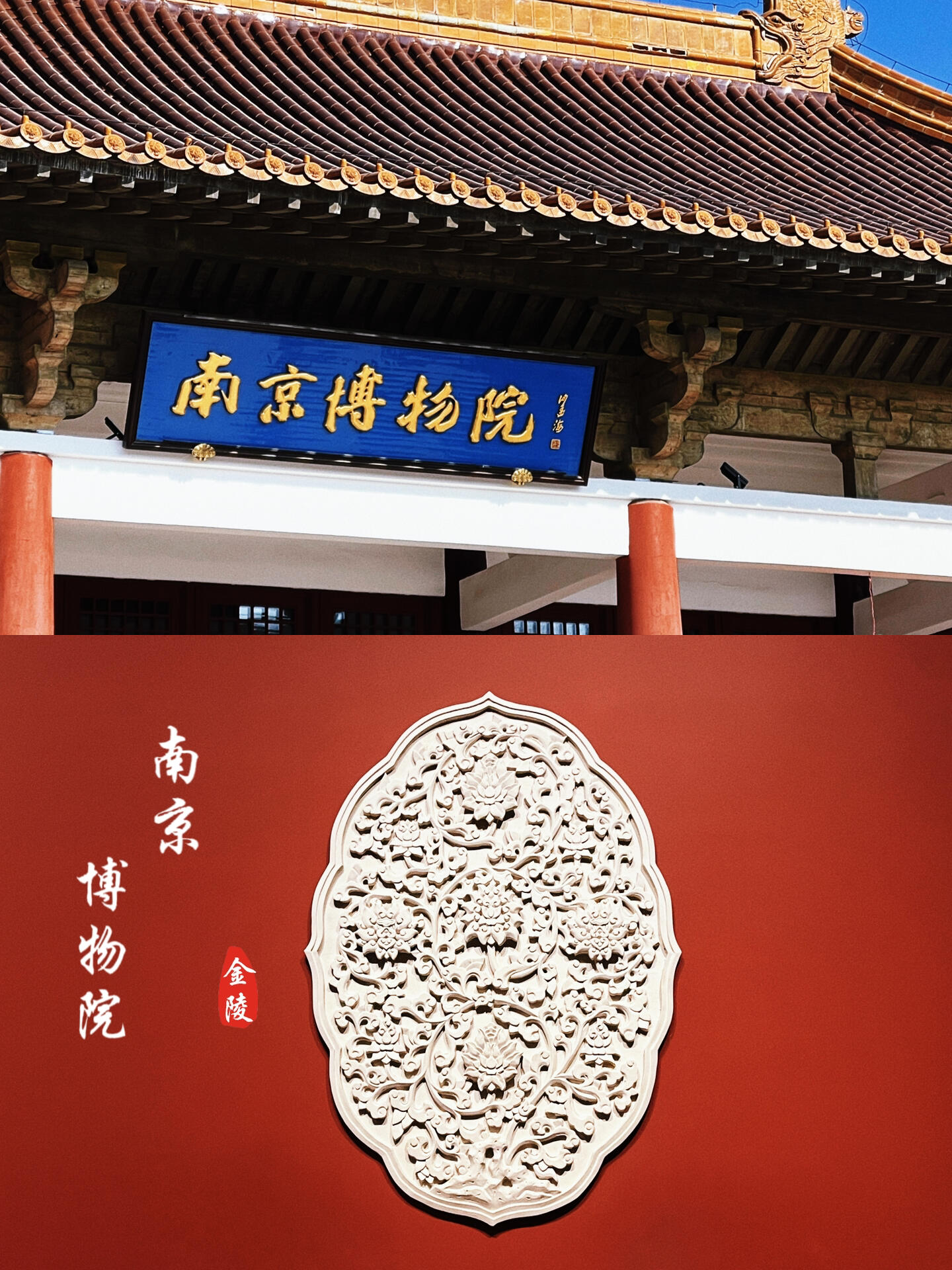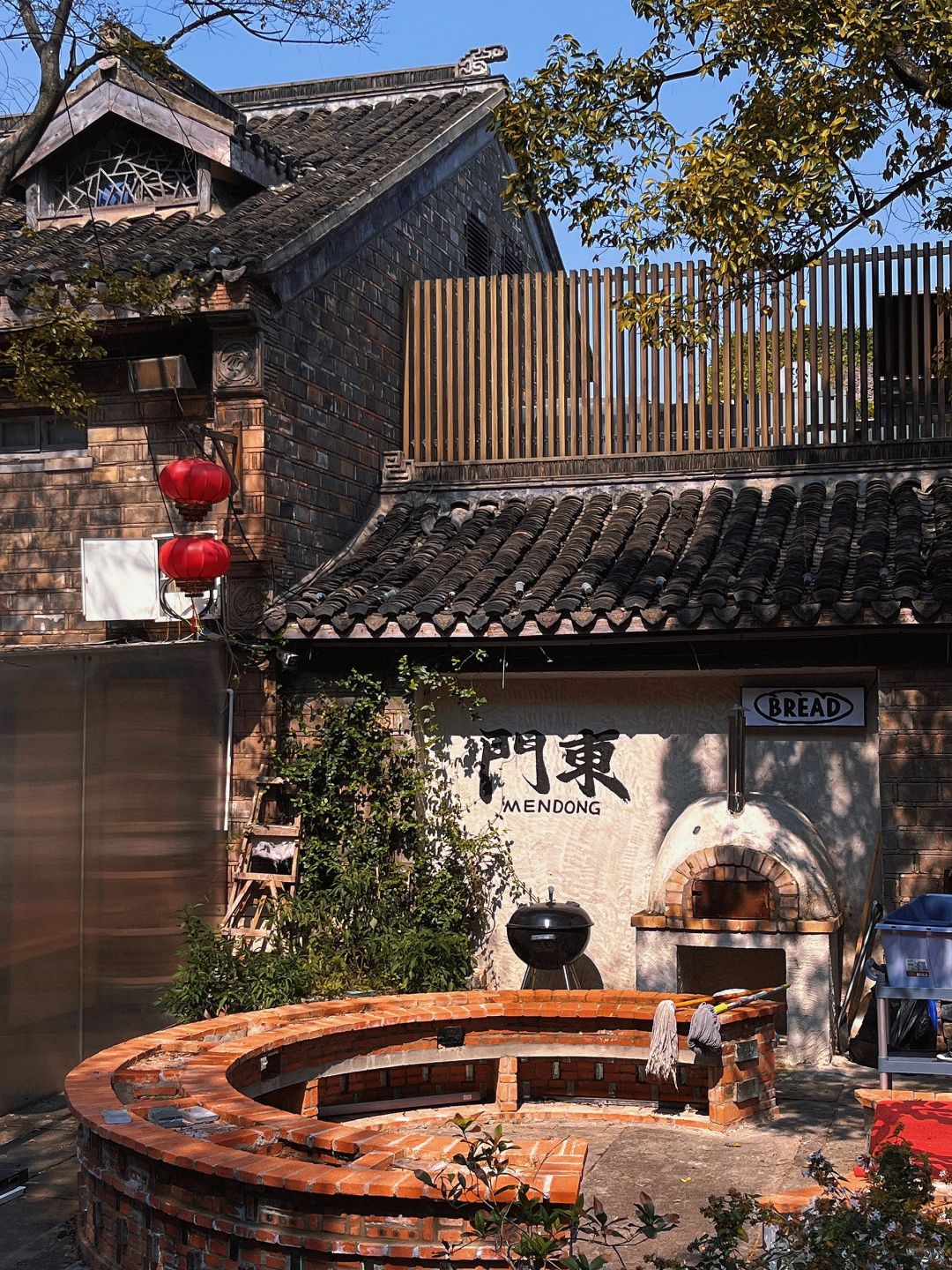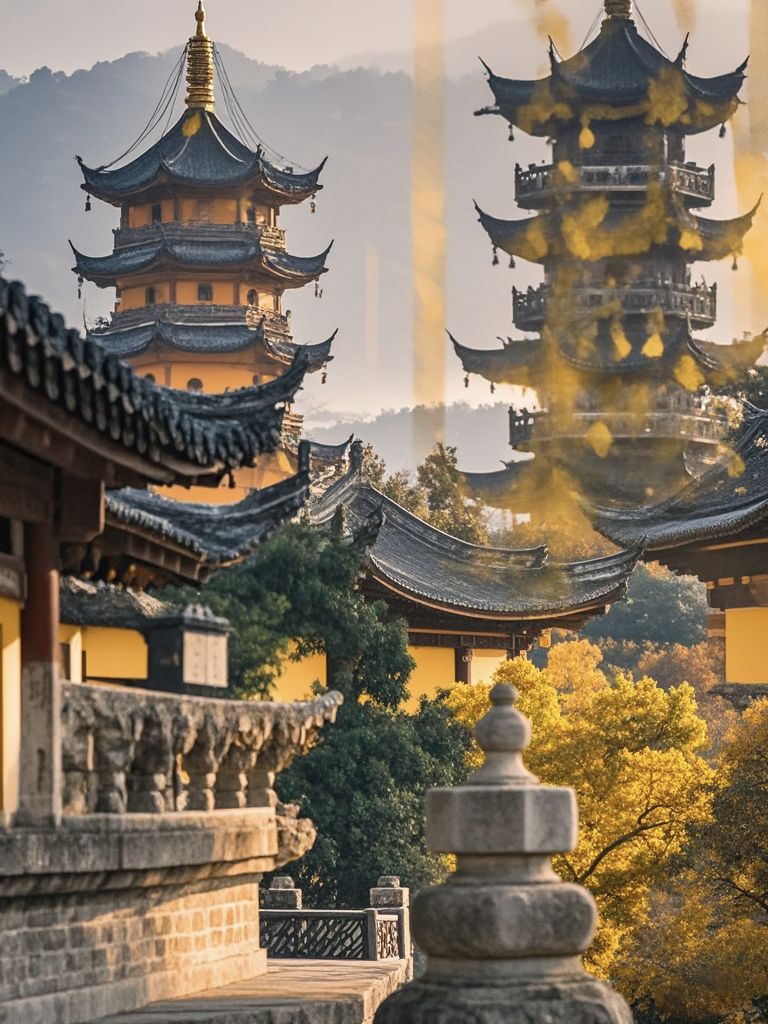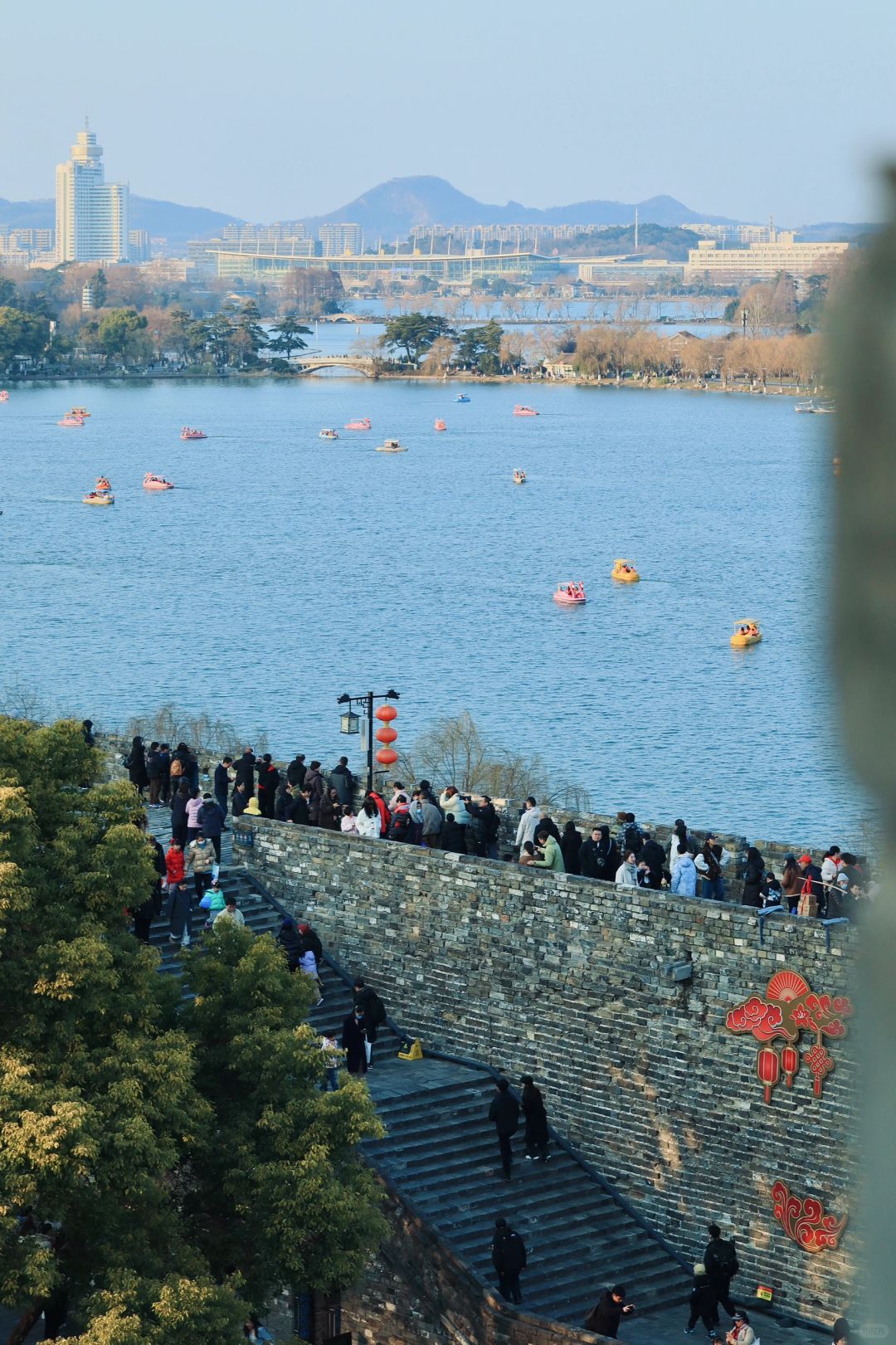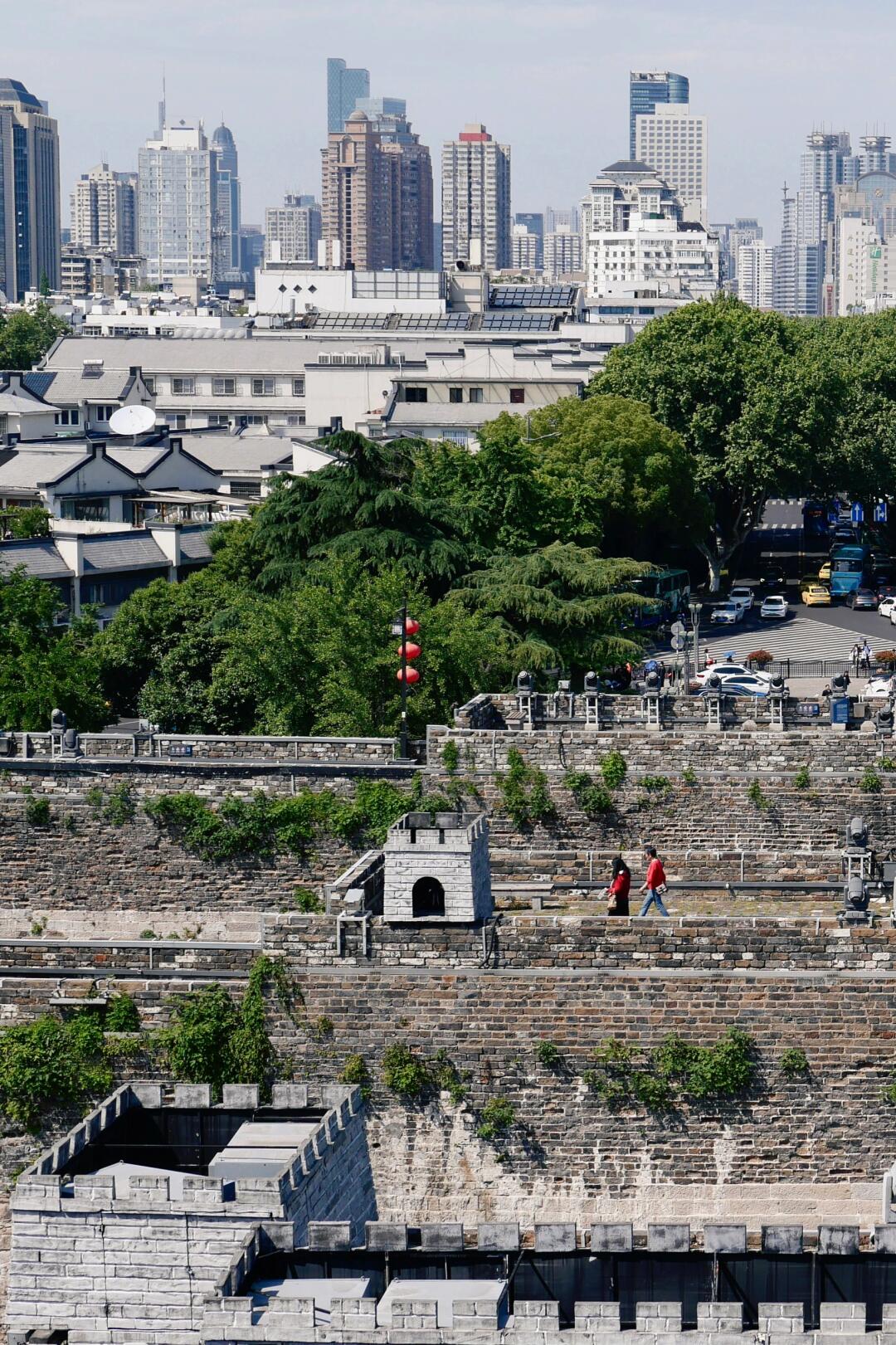

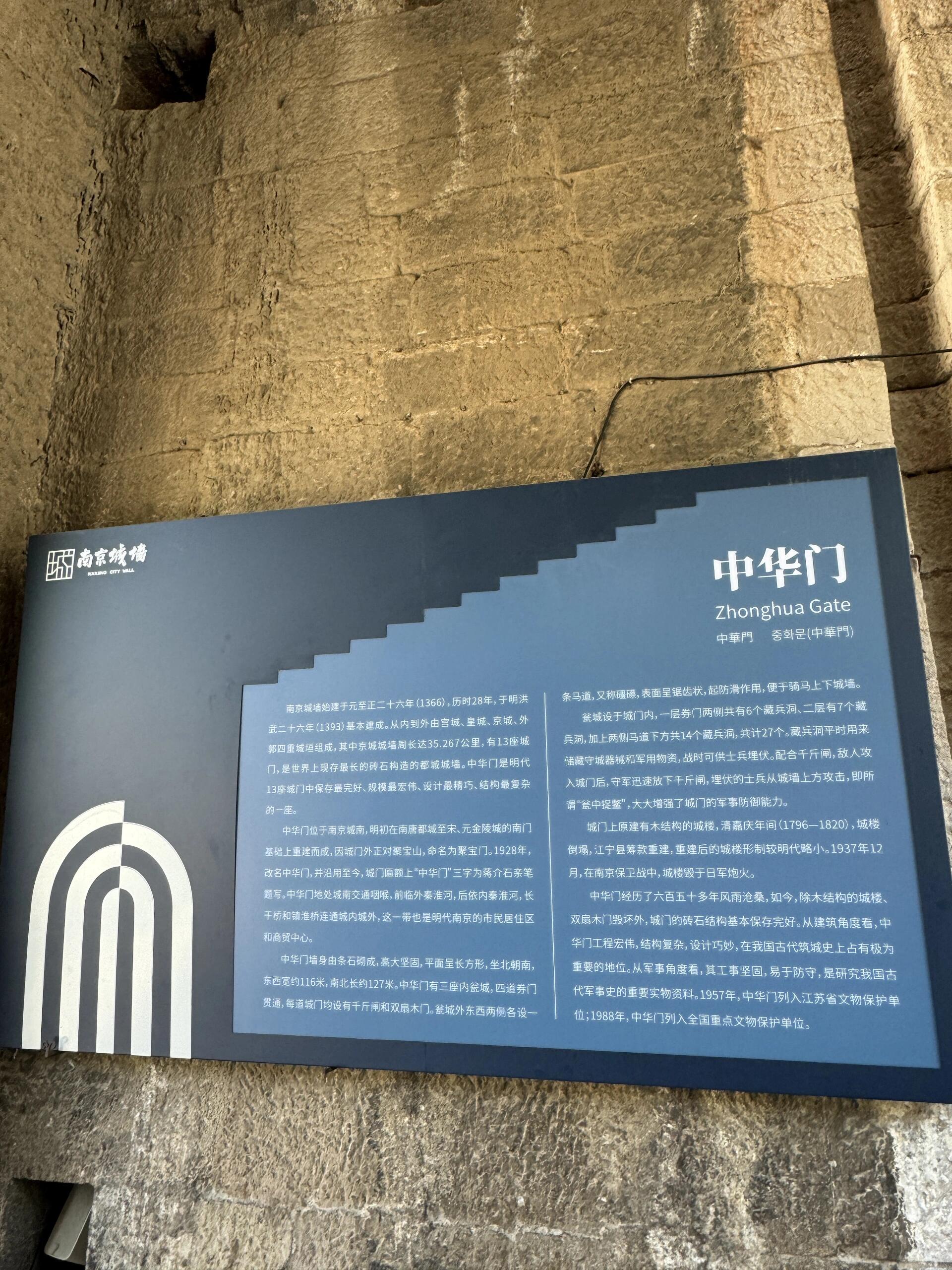
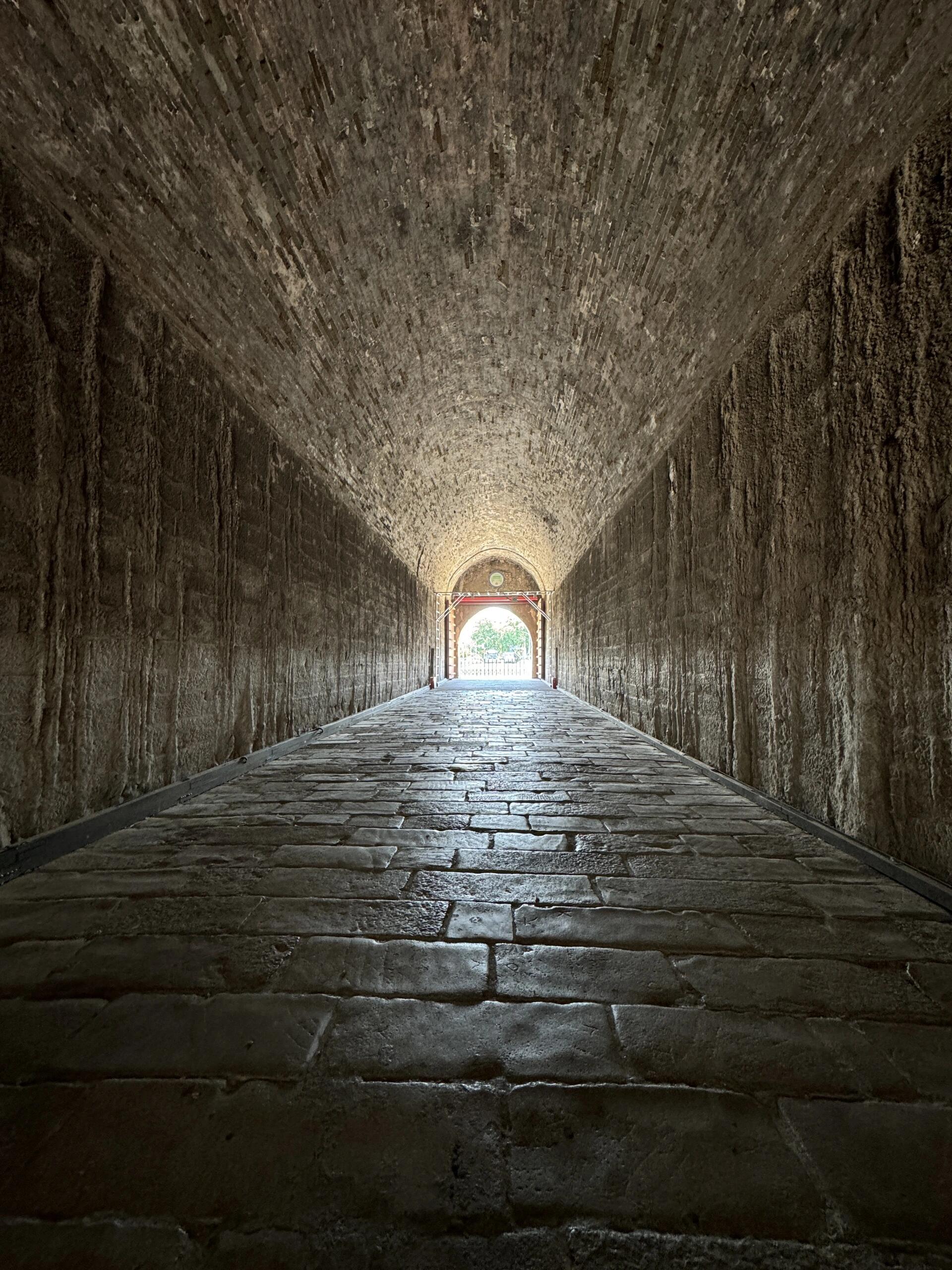

Zhonghua Gate
Zhonghua Gate, also known as the Gate of China, is the largest castle-style gate in China and a masterpiece of ancient Chinese defensive architecture. Built during the Ming Dynasty, this massive structure features multiple arches, 27 vaults, and intricate brickwork, designed as an impenetrable fortress protecting the southern entrance to Nanjing.
Information
Ticket price
Time
Location
Zhonghua Gate, Qinhuai District, Nanjing, Jiangsu, China
View maps
More about the trip
Zhonghua Gate: Nanjing's Impregnable Fortress
Zhonghua Gate, also known as the Gate of China, is the largest castle-style gate in China and a masterpiece of ancient Chinese defensive architecture. Built during the Ming Dynasty, this massive structure features multiple arches, 27 vaults, and intricate brickwork, designed as an impenetrable fortress protecting the southern entrance to Nanjing. It stands as a testament to Nanjing's historical importance as a capital city and its enduring legacy as a military stronghold.
What to See and Do
Explore the Gate Complex: Wander through the various layers of the gate, including its four successive gates, three inner courtyards, and 27 hidden vaults (wengcheng) that could trap enemy soldiers. The sheer scale and complexity of the defensive system are impressive.
Climb the Walls: Ascend to the top of the gate tower and walk along sections of the city wall. From here, you get panoramic views of Nanjing, including the Qinhuai River, Laomendong historic district, and the modern cityscape.
Historical Significance: Learn about the gate's construction under Emperor Hongwu, its role in defending the capital, and its unique design features, such as the use of bricks with inscriptions of their makers.
Military Exhibits: Some areas within the gate complex may feature exhibits on ancient Chinese military history, weaponry, and defensive strategies.
Night Illumination: In the evenings, Zhonghua Gate is beautifully illuminated, creating a dramatic and picturesque scene that highlights its architectural grandeur.
Best Time to Visit
The gate is suitable for visiting year-round. Spring and autumn offer the most pleasant weather for outdoor exploration. Evenings are highly recommended for the spectacular night views. Weekdays are generally less crowded than weekends and public holidays.
How to Get There
Zhonghua Gate is located in Qinhuai District, Nanjing. Take Metro Line 1 to Zhonghuamen Station (中华门站), Exit 2. The gate is directly accessible from the station.
Travel Tips
Wear comfortable shoes: You'll be doing a lot of walking and climbing stairs.
Sun protection: Bring a hat, sunglasses, and sunscreen for outdoor areas, as there is little shade on the walls.
Allow ample time: Plan for at least 1.5 to 2 hours to explore the gate complex thoroughly.
Combine with Laomendong: Zhonghua Gate is adjacent to the Laomendong historic district, making it easy to visit both attractions together.


